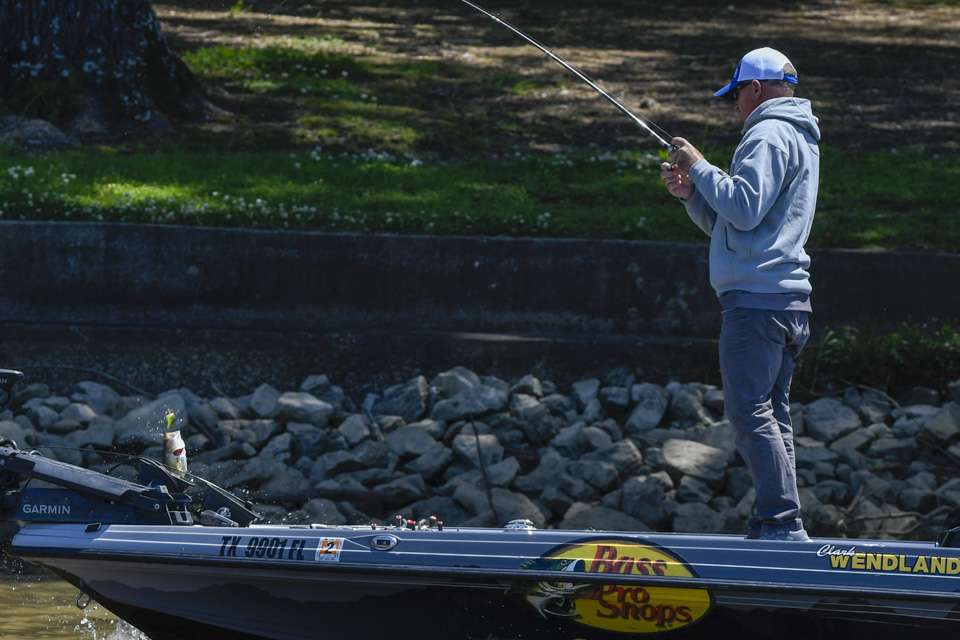
Something I see coming out of every Bassmaster Elite Series event is that the pros in this circuit are so good at finding big groups of fish.
We saw some of that at the Harris Chain, where numerous anglers were fishing the same area. You probably see it in your local waters as well.
But someone always emerges as a winner, and in many instances, that winner discovered a little odd cadence in how he was working the lure that helped get more and bigger bites.
Most anglers know to vary the retrieve, but sometimes this odd cadence occurs purely by accident. Maybe you were flipping a lure, hopping it off the bottom the way you expect the fish to bite it. Then, after a few hops you start reeling in, and one bites it. Once may be an oddity, but twice is no coincidence. That’s your sign that you need to move the bait quicker or that those fish are in a chasing mood.
Maybe you made a cast with a crankbait, you got an itch and stopped cranking to take time to scratch that itch. When you pick up your retrieve, one has it. A steady retrieve might not be the best for that particular day.
Or you make a long cast and get a backlash. After you get it picked out and begin to take up the slack, a fish is swimming off with your lure.
A freak instance? Maybe, but perhaps that fish was telling you that you need to dead stick the lure or that you have been fishing it too fast for their liking.
Here’s a strange one that happened to me on Kentucky Lake. I was fishing a jerkbait with the usual jerk, jerk, pause cadence and I had to take a quick bathroom break after working the bait a couple of times. When I picked up the jerkbait rod to resume working it, a bass had grabbed it. Even though I had been fishing that bait slow, I knew then that I needed longer pauses. That clued me in to a nice sack of fish.
The message here is you have to pay attention to every bite and realize that any unorthodox move that produces a bite may actually be a sign that there’s a better cadence or method for working a bait on that given day.
It’s very easy to get locked into a rhythm that may have worked last week or that got you a bite or two earlier in the day.
But there may be a better way, and if you pay attention to how you were working a bait when the next bite comes, it could clue you in on what other anglers around you haven’t figured out.





